READY TO GET STARTED?
REQUEST A FREE ESTIMATE
Fill out the form below or call (888) 466-7849 for a free, no-obligation estimate.
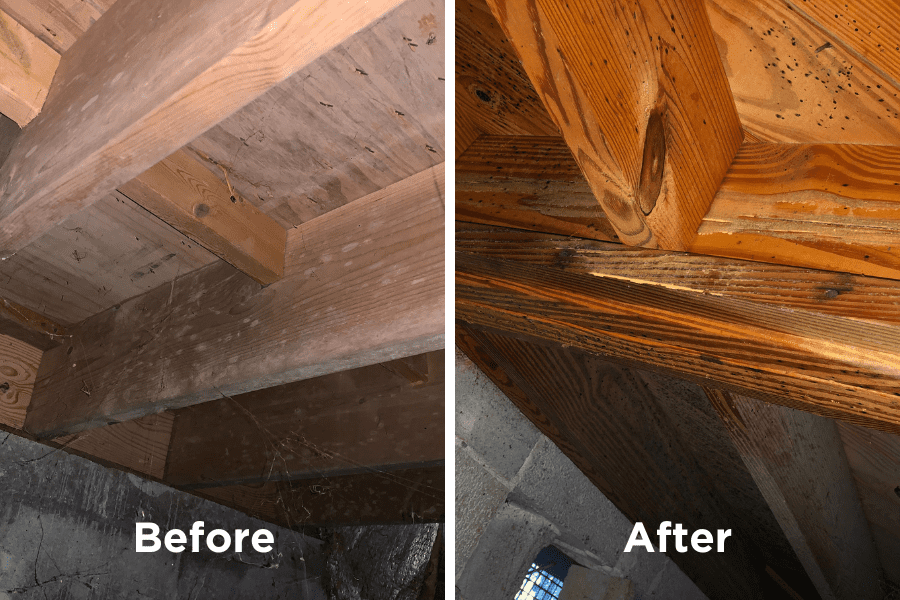
Taking care of your home’s crawl space is important. There are many problems that can arise if your crawl space isn’t properly cared for, like excess moisture, invading pests, and a musty smell. One of the solutions is to get a full crawl space encapsulation, but if you don’t want to get that done or want extra protection, then another great option is CrawlSpace Seal.
CrawlSpace Seal helps to reduce moisture in the wood that’s located in your crawl space and supports a healthier living environment for your home. This alternative moisture sealant is a perfect complement to our other CrawlSpace Solutions to create additional home protection.
How Does it Work?
Utilizing a polymer sealer designed to protect the structural framing and subfloor from excessive moisture, you can expect a tough, durable microfilm that protects the wood in one step.
Benefits of CrawlSpace Seal:
If you think your crawl space is in need of some attention, then give your local Crawl Space Care company a call to schedule an inspection today!
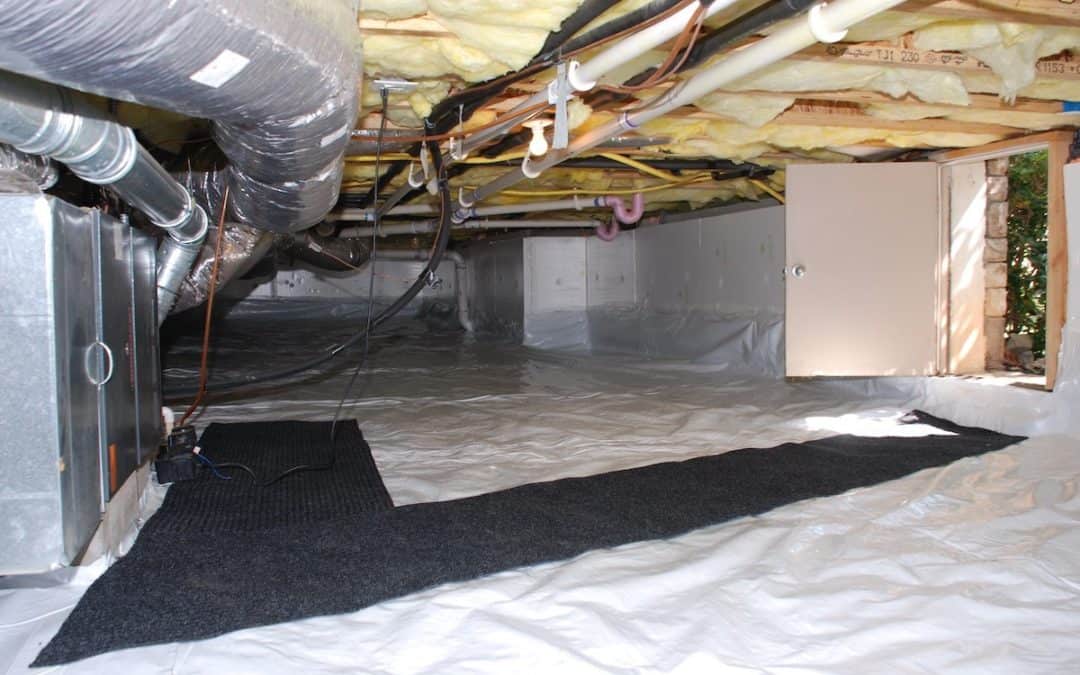
Dealing with cold winter weather outside is bad enough; when the cold temperatures start creeping into your home it’s even worse. Heating systems work hard enough in the winter time to keep our homes warm and comfortable. Additional cold air seeping into your house leaves us with cold feet and higher energy bills.
Up to 50% of household air flows in from your crawlspace. An unenclosed crawlspace lets your heated or cooled air out and lets outdoor air in. This causes your heating and cooling systems to work overtime to compensate for this fluctuation in temperatures, causing you to still feel cold floors and inconsistent temps throughout the house. These units burn more energy leading to increased utility bills. This also puts more strain on the system leading to repairs and replacements sooner and more often.
Crawlspace enclosure is similar to adding a liner to your pool to avoid leaks. Water vapor enters your crawlspace from the ground and can even seep through cement. Increased moisture can cause a host of problems in your crawlspace and your home. Moisture attracts pests; degrades indoor air quality; provides the ideal condition for mold and mildew growth which leads to rot, warped floors, and structural damage. Adding a moisture barrier and dehumidifier is a great way to help keep the moisture out of your crawlspace.
Some common reasons people enclose their crawlspace include:
There are two main disadvantages to crawlspace enclosure. The first is the initial cost of installation. While there is a somewhat pricey initial fee for installation, the savings in energy bills and pest control costs over the long term offset these costs. The second disadvantage is improper installation. Whether doing it yourself or using a professional, improper installation or faulty materials do occur. The most common signs of improper installation include:
Once you have your crawlspace enclosed, it is important to continually inspect it to make sure tears or other damage have occurred. It is recommended that the crawlspace be inspected at least once per year but preferably twice per year. Many homeowners time their crawlspace enclosure inspection to coincide with their annual termite inspection. It is important to check the crawlspace for moisture levels (there should be no humidity, condensation, or standing water); signs of mold or rot (including loose joists, damage to support beams and air ducts, or visible mold present); and signs of rodents or pest activity (including droppings and chew marks).
While crawlspace enclosure can be a DIY project, it is recommended that installation be done by a professional. This not only helps ensure quality materials and appropriate techniques are used but also guarantees repairs and replacement in the event there are issues. Contact your local pest control company for a crawlspace enclosure quote.
Is That A Rat or A Mouse and Why It Matters
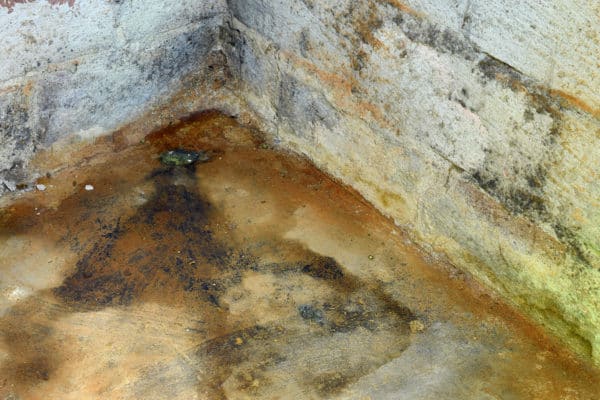
Should you enclose your crawlspace this winter? The resounding answer is yes. There are several benefits to crawlspace enclosure, especially when cold weather sets in and energy costs soar. Most crawlspaces house pipes, ducts, and other appliances. Continuous exposure to cold air and freezing temperatures can lead to frozen and busted pipes and potential water damage. While it is important to keep your crawlspace clean and dry year-round, it is especially important in the winter as it can easily become damp and humid. The excessive moisture and extreme temperatures can also cause significant damage to your home.
While closing your crawlspace vents can help, it is often not enough to keep moisture, insects, and other pests out of your crawlspace. The moisture found in crawlspaces attracts pests like termites, roaches, and millipedes and the crawlspace provides the ideal entry point to your home. The increased humidity also provides the ideal environment for mold and wood rot which can lead to serious health issues for your family and trigger allergies and asthma.
Cold air from your crawlspace can also seep through into your home, keeping your floors cold and causing your heating system to work overtime, greatly increasing your energy costs.
So what can you do this winter to keep the cold and the pests out of your crawlspace? Here are 4 steps to protecting your crawlspace this winter.
Your gutters can’t drain properly when they are clogged with leaves and debris. These clogs cause overflows with the water collecting at the base of the house. This overflow then seeps into the ground and evaporates into your crawlspace. Standing water from clogged gutters also attracts pests like mosquitoes and roaches to your home. Make sure runoff is directed away from the base of your home. If possible, extend your gutters to drain at least 10 feet away from your crawlspace. Make sure your gutters stay clean and free of debris. Consider installing gutter guards to help prevent clogs.
Although air vents allow air to circulate through your crawlspace, they also provide an entryway for water and moisture. In the winter, close all the air vents to your crawlspace before the temperatures get too cold. Have them sealed properly to prevent rainwater and moisture from getting inside. This also helps ensure your crawlspace stays warm in the winter and cool in the summer.
Your crawlspace walls, corners, and even base can have tiny holes that allow air leaks into the area. Professionally sealing your crawlspace can help prevent air from circulating through these cracks which, in turn, helps reduce humidity and keeps the warm air in.
Most crawlspaces have no covering or protection on their floors. A substantial amount of water evaporates from the ground and increases the humidity in the crawlspace. The professional installation of a vapor barrier can help prevent this evaporation and keep water and moisture out.
Whatever the season, crawlspace enclosure is a beneficial addition to your home. It not only helps increase the air quality of your home by preventing mold and wood rot, it also provides a natural pest control barrier. It also helps keep the cold air out, which means your heating unit doesn’t have to work as hard, increasing its efficiency and decreasing your energy costs.
How To Deal With Moles This Winter
Keeping Pests Away From Your Holiday Treats
How To Save Money on Your Energy Bills
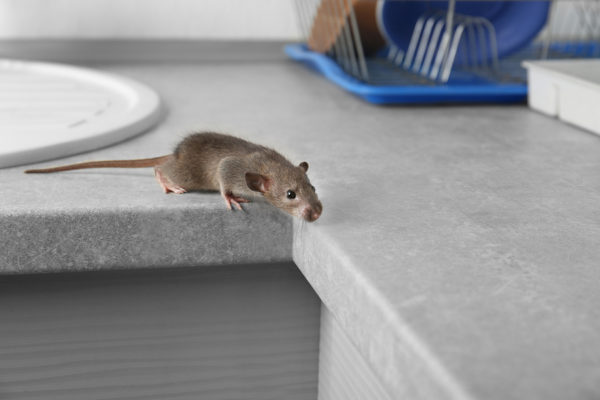
As the warm weather winds down and winter settles in, most of us will breathe a sigh of relief that we survived another season of creepy crawlers. Don’t relax just yet! Just because the weather has turned colder doesn’t mean pests have hibernated for the winter. Many pests will make their way into your home in search of shelter, food, and warmth. Mice, cockroaches, and spiders can be found crawling underfoot in the wintertime. These overwintering pests aren’t just a nuisance to have in your home; they can cause significant damage to both your property and your health. Rodents are known to carry Salmonella and Hantavirus and can chew through cables and electrical wires, increasing the risk of fires. Some spiders like the brown recluse and the black widow have bites that can be a serious threat to humans. Cockroaches are known to trigger allergies and asthma. Winter brings ice, snow, and wind, causing enough stress on your home without the threat of pest infestations. So what can you do to reduce this stress and get rid of the last of these creepy crawlers? Check out these winter pest prevention tips to help you have a stress free winter.
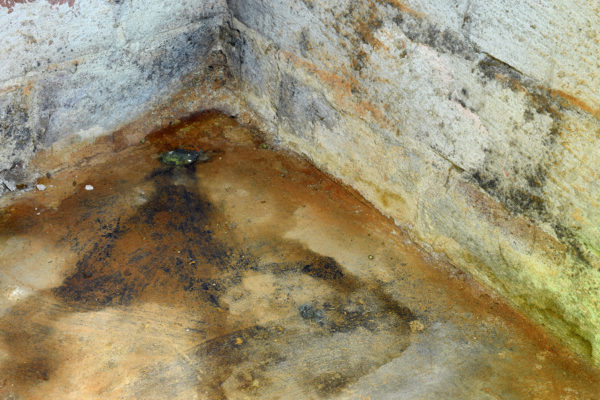
If you’re like most of us you don’t spend too much time inspecting your crawlspace. But did you know that moisture that makes its way into your crawlspace can cause significant problems not only for your home but for your health, as well? Dampness in your crawlspace is a common problem in homes without a proper moisture barrier system. Without a proper barrier, your crawlspace carries humid air that condenses and settles on the pipes, walls, and even the subflooring. This moisture provides the ideal environment for mold, mildew, and pests. A moisture barrier prevents this moisture from evaporating and seeping into the air beneath your home. Moisture barriers are composed of either foil or plastic material that helps prevent moisture from penetrating your crawlspace air.
So why should you have a moisture barrier installed in your crawlspace? Check out these 7 benefits of moisture barrier installation.
The moisture that gets into your crawlspace affects the temperature in your home. It can make your home too hot, too cold, too stuffy, or too dry depending on the weather, the season, and other factors. The moisture either absorbs the warmth from your house or keeps it from escaping. In turn, this causes your HVAC unit or furnace to run too long trying to maintain a steady temperature indoors. Installing a moisture barrier seals those spaces and keeps the moisture out of your crawlspace, helping to regulate the temperature inside.
As we mentioned above, the moisture in your crawlspace can affect the temperature inside your home. As your HVAC unit or furnace runs longer to help maintain the temperature inside, it uses more electricity which, in turn, increases your electricity bill. This also puts additional strain on the HVAC unit, causing them to wear out faster and need costly repairs and/or replacement. A moisture barrier acts as a sealant, controlling the moisture levels and easing the strain of your HVAC system, making your home more energy efficient and saving you money on your energy bills.
High moisture levels in your crawlspace provide the ideal environment for mold and mildew growth. Mold and mildew in your air system can be detrimental to your and your family’s health. Mold can also cause significant damage to your home. Installing a moisture barrier greatly reduces these moisture levels, preventing mold and mildew from forming. Mold and mildew are often the cause of foul odors in your home, as well. A moisture barrier can also help eliminate these stale, musty odors from your house.
Your crawlspace is home to a number of pipes that supply both water and power to your home. When moisture infiltrates your crawlspace, it can cause rotting inside and around these pipes, leading them to burst or break. Moisture barrier installation helps keep your pipes dryer, which increases their lifespan and decreases costly repairs.
As we mentioned above, many of the pipes in your crawlspace house electricity that runs to your home. Moisture and electricity don’t mix! Moisture in and around these pipes can lead to electrical shorts, rusted wires, and even fire. Installing a moisture barrier eliminates the moisture that can infiltrate these pipes, keeping your home safer from electrical hazards.
The foundation of your home is vital to its structure and soundness. Moisture in your crawlspace can lead to wood rot, especially on joists and beams. Rotting wood can lead to significant structural damage to your home which can, in turn, stick you with a huge repair bill. Moisture barrier installation reduces the amount of moisture in your crawlspace which helps prevent wood rot, protecting the structural integrity of your home.
Your unsealed crawlspace is an open invitation to pests and wildlife in search of shelter, food, and water. Once inside, these pests can cause significant damage to your home and your health. Rodents and other wildlife can chew through wood and electrical wires. Roaches and other insects can use the crawlspace to gain access to your home, posing potential health risks to you and your family. Installing a moisture barrier completely closes off your crawlspace, eliminating this entry point for pests into your home.